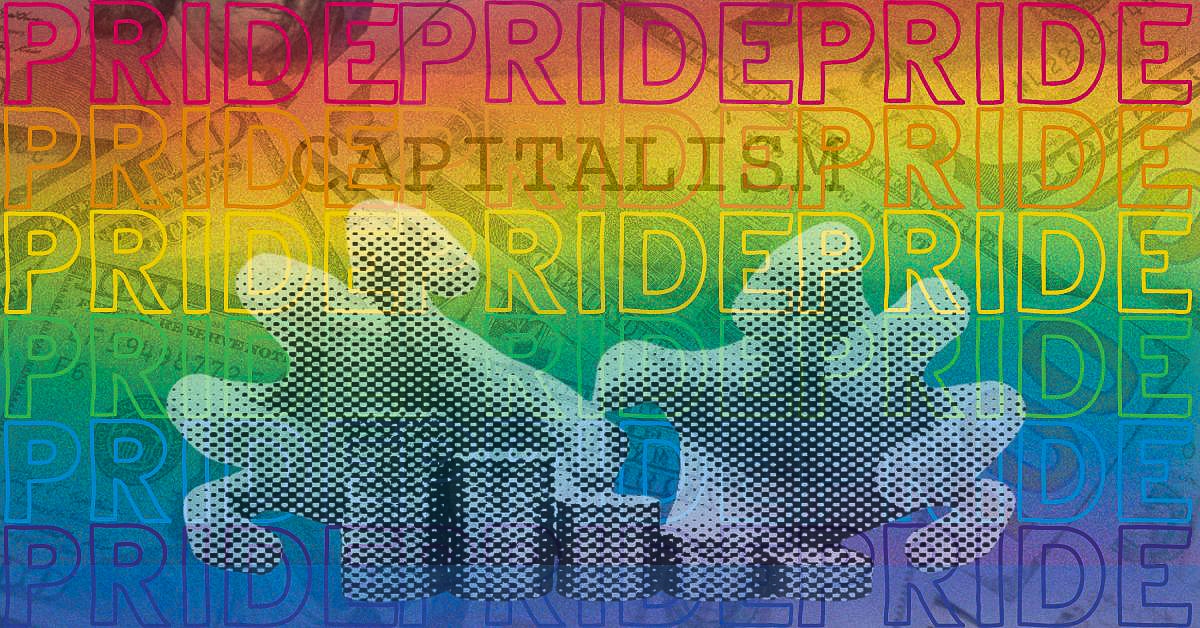You’ve heard of “green-washing,” now let me introduce you to “rainbow-washing”
It’s no surprise that corporations are doing the bare minimum while monetizing support for the 2SLGBTQI+ community and getting away with it.
Just before June, Pride Month, corporations race to change their profile pictures and social media branding to embrace the 2SLGBTQI+ community. I’m sure we’ve all seen the rainbow filters that corporations surface during the month of June. Then, with the first of July bringing the end of Pride Month, all the profile pictures instantly change back to their “regular” branding.
This sudden, momentary change in social media branding is “rainbow-washing” at its finest—and it doesn’t end there. Extending beyond social media strategies, companies also change the way they act during Pride Month—taking rainbow-washing to a whole new level.
A few ways corporations rainbow-wash beyond just social media are: selling products with rainbows to encourage sales; employing Pride-focused initiatives only during the month of June; and featuring influencers from the 2SLGBTQI+ community that make the company seem 2SLGBTQI+ friendly.
And yes, rainbow-washing can extend beyond corporations. If you attended a public school in the Peel District, you have likely noticed how the Peel District School Board also pushes the 2SLGBTQI+ inclusivity narrative on students throughout the month of June.
Mari, you’re being too harsh. Why is rainbow-washing a problem? Corporations are trying to be inclusive and show their allyship, what’s the harm in it?
Well, I suppose you might be right. It is nice that corporations are acknowledging the existence of the 2SLGBTQI+ community. It’s definitely something they haven’t done in the past, so I’ll admit that it is a step in the right direction—but that’s it: it’s a step. There are many more to be taken, but unfortunately it seems that this is where corporations intend to stop. Corporations are pushing allyship into one month, taking away from the community and the movements Pride Month represents. That is the problem.
I also suspect that some of these corporations only support 2SLGTBQI+ during pride month for the money.
Big shocker, I know.
An article by Forbes estimates that the 2SLGBTQI+ community spends $3.7 trillion per year, globally. That is a lot of money. So, corporations target these communities, eager to get their share of these spendings, also known as “pink money.” Not only does pink money take advantage of the 2SLGBTQI+ community, but it makes the support of Pride even less genuine on the part of many corporations. So, companies have a reason to support 2SLGBTQI+ during June—to get extra sales. That is why I am pessimistic of the sincerity of these corporations and if they are positive forces in support of the 2SLGBTQI+ community.
I believe that it is important that we demand more accountability from companies that claim to be an ally of the 2SLGBTQI+ community. We should be grateful that corporations have begun being prideful, even if it feels like empty gestures. Now, we need to push for sustainability in the inclusion of Pride support.

